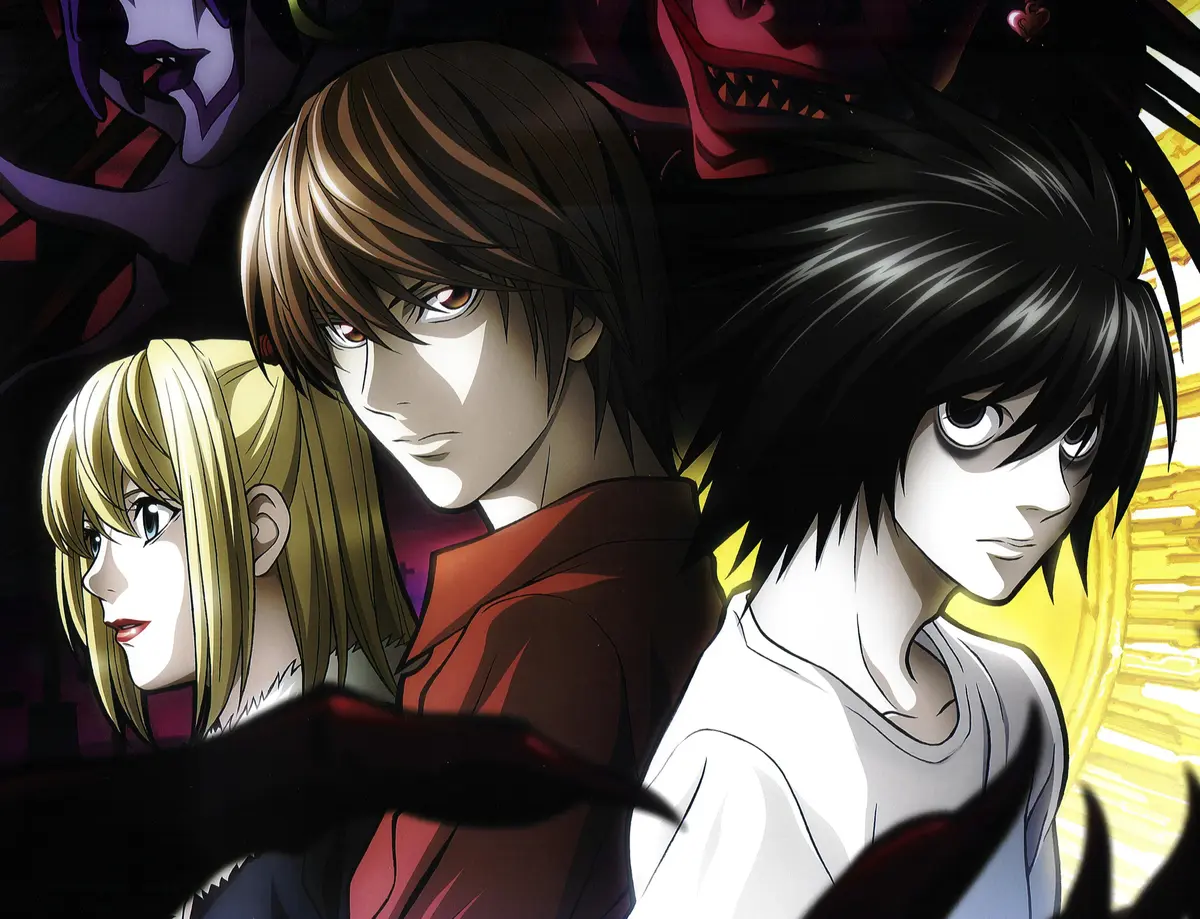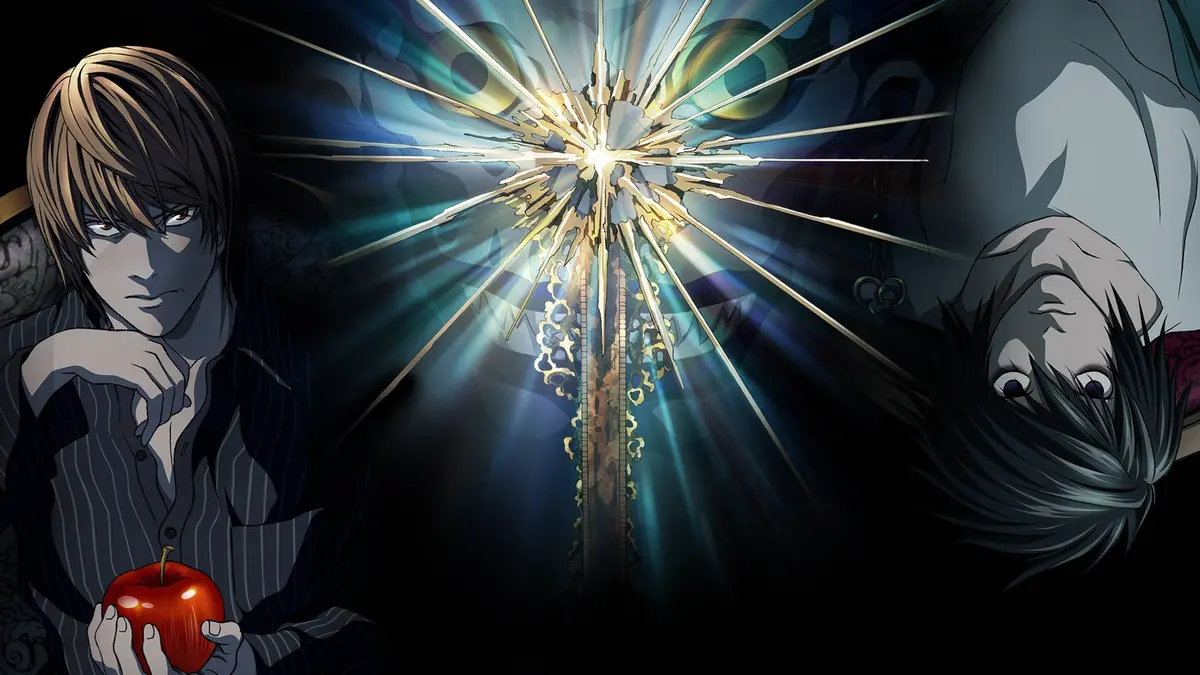Visual Style: Tradition Meets Innovation
Japanese anime and Korean animation have distinct visual identities. Japanese anime often features exaggerated expressions—large eyes, vibrant hair, and dynamic angles—while Korean animation, especially in recent hits like Tower of God or Solo Leveling, leans toward realism, softer color palettes, and fluid motion. However, these boundaries are blurring as Korean studios adopt anime-inspired designs and Japanese works experiment with Westernized styles.

Storytelling: Depth vs. Pacing
Japanese anime excels in psychological depth and philosophical themes, as seen in classics like Neon Genesis Evangelion or Death Note. Korean animation, influenced by webtoons, prioritizes fast-paced narratives, cliffhangers, and social realism—often exploring themes like class struggle, ambition, and modern life. While Japan leans into symbolism, Korea grounds its stories in relatable struggles.
Production and Industry Trends
Japan’s anime industry relies on established studios like Toei, Madhouse, and MAPPA, producing high volumes under tight schedules. Korea’s digital-first approach—using 3D and web platforms like Naver Webtoon—allows for polished, shorter-form content. The rise of streaming giants (Netflix, Crunchyroll) has further boosted Korean animation’s global reach.

Cultural Influence and Future Fusion
The K-wave (K-pop, K-dramas) has propelled Korean animation, while Japan retains its nostalgic, fantastical allure. Yet collaborations like The God of High School prove the two styles are converging. Emerging artists blending both traditions hint at a future where “anime” transcends borders—focusing on universal emotions over cultural labels.

Japanese Anime vs. Korean Animation – Key Differences and Cultural Impact
Table of Contents
Visual Style: Tradition Meets Innovation
Japanese anime and Korean animation have distinct visual identities. Japanese anime often features exaggerated expressions—large eyes, vibrant hair, and dynamic angles—while Korean animation, especially in recent hits like Tower of God or Solo Leveling, leans toward realism, softer color palettes, and fluid motion. However, these boundaries are blurring as Korean studios adopt anime-inspired designs and Japanese works experiment with Westernized styles.
Storytelling: Depth vs. Pacing
Japanese anime excels in psychological depth and philosophical themes, as seen in classics like Neon Genesis Evangelion or Death Note. Korean animation, influenced by webtoons, prioritizes fast-paced narratives, cliffhangers, and social realism—often exploring themes like class struggle, ambition, and modern life. While Japan leans into symbolism, Korea grounds its stories in relatable struggles.
Production and Industry Trends
Japan’s anime industry relies on established studios like Toei, Madhouse, and MAPPA, producing high volumes under tight schedules. Korea’s digital-first approach—using 3D and web platforms like Naver Webtoon—allows for polished, shorter-form content. The rise of streaming giants (Netflix, Crunchyroll) has further boosted Korean animation’s global reach.
Cultural Influence and Future Fusion
The K-wave (K-pop, K-dramas) has propelled Korean animation, while Japan retains its nostalgic, fantastical allure. Yet collaborations like The God of High School prove the two styles are converging. Emerging artists blending both traditions hint at a future where “anime” transcends borders—focusing on universal emotions over cultural labels.